by Michael Haskew
Without the use of their fine longships that carried the Vikings along narrow rivers and across the open seas, the era of Norse expansion could not have occurred. The designs of the remarkably seaworthy longships, built in several configurations, shared common attributes. They were shallow draft vessels constructed in the clinker style, meaning that their wooden planks overlapped one another while rope soaked in tar was wedged between the planks for a watertight seal.
[text_ad]
Characteristically, the longships were often adorned with curved prows, sometimes with finely carved spirals or images of dragons or other creatures. The length and beam of a longship varied depending on its primary purpose, ranging from trade and fishing to raiding, warfare, and extended exploration. Although Viking shipbuilders are believed to have preferred oak, other timber such as ash or pine was also used.
The 1904 Discovery
Perhaps the finest example of a preserved Viking longship was discovered during the excavation of a burial mound at the Oseberg Farm near the town of Tonsberg, Norway, in 1904-05. Norwegian and Swedish archaeologists discovered a longship classified as a Karv buried within the mound. Known as the Oseberg Ship, the vessel stretches almost 71 feet in length with a beam of nearly 17 feet and a single mast standing more than 31 feet high. With 15 positions for oars, the ship could accommodate up to 30 oarsmen seated on benches. Its steering oar, iron anchor, and gangplank were also preserved. The bow and stern of the Oseberg Ship are richly embellished with fine carving.
The Karv was most commonly used for trade and general purposes in coastal waters but was suitable for raiding if necessary. The construction of the Oseberg Ship dates from as early as the year 800, and the burial rite with which it was associated is thought to have occurred in the autumn of 834 based on scientific analysis of some of the timber at the site.
Artifacts & Ancient Remains
Along with the well-preserved ship, a trove of artifacts was discovered, as well as the skeletons of two women, 14 horses, three dogs, and an ox. The mound had been looted in ancient times, and there was little or no gold or silver found; however, a wooden cart, four sleighs, several crafted wooden chests, bed posts, and buckets were found. Many of these were highly embellished with intricate carving.
The deceased women appear to be aged 60-70 and 50-55. Considering the elaborateness of the burial and the quality of the artifacts found within the mound, at least one of them was apparently a woman of some high social status. Although research has not conclusively identified whether one or both may have been of noble lineage, historians have suggested that one of them may have been Queen Asa, the grandmother of a famed Viking named Harald Fairhair. The other woman was possibly a servant or companion. Whether one was sacrificed to accompany the other to the grave is also undetermined.
The well-preserved Oseberg Ship, two other Viking longships, and many of the artifacts that were found in the Oseberg burial mound are on display today at the Viking Ship Museum, a component of the Museum of Cultural History, in the Norwegian capital of Oslo.
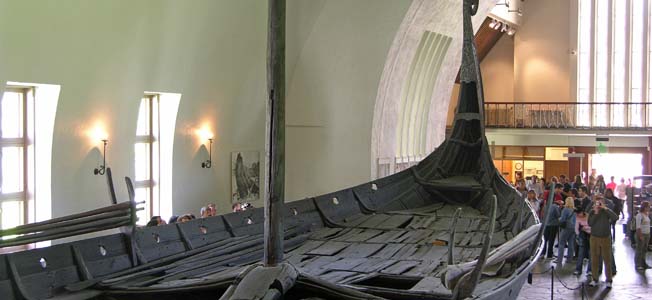

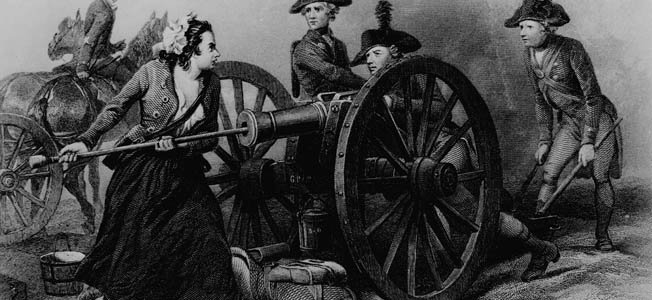
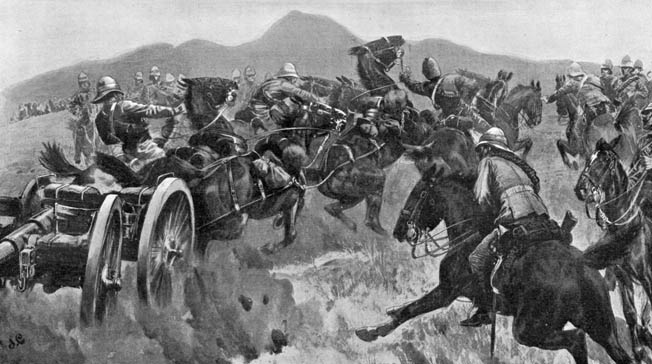
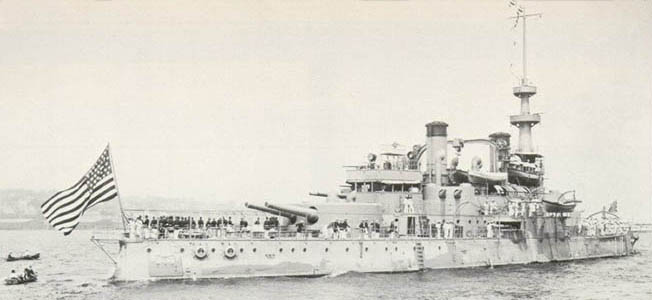


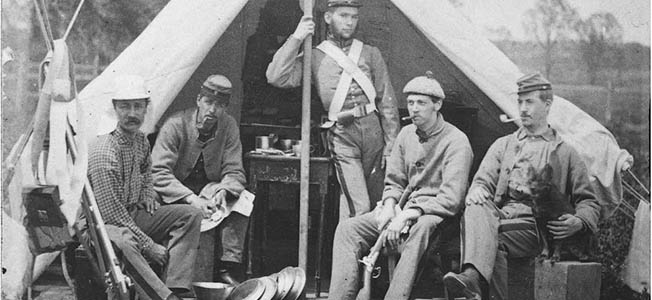
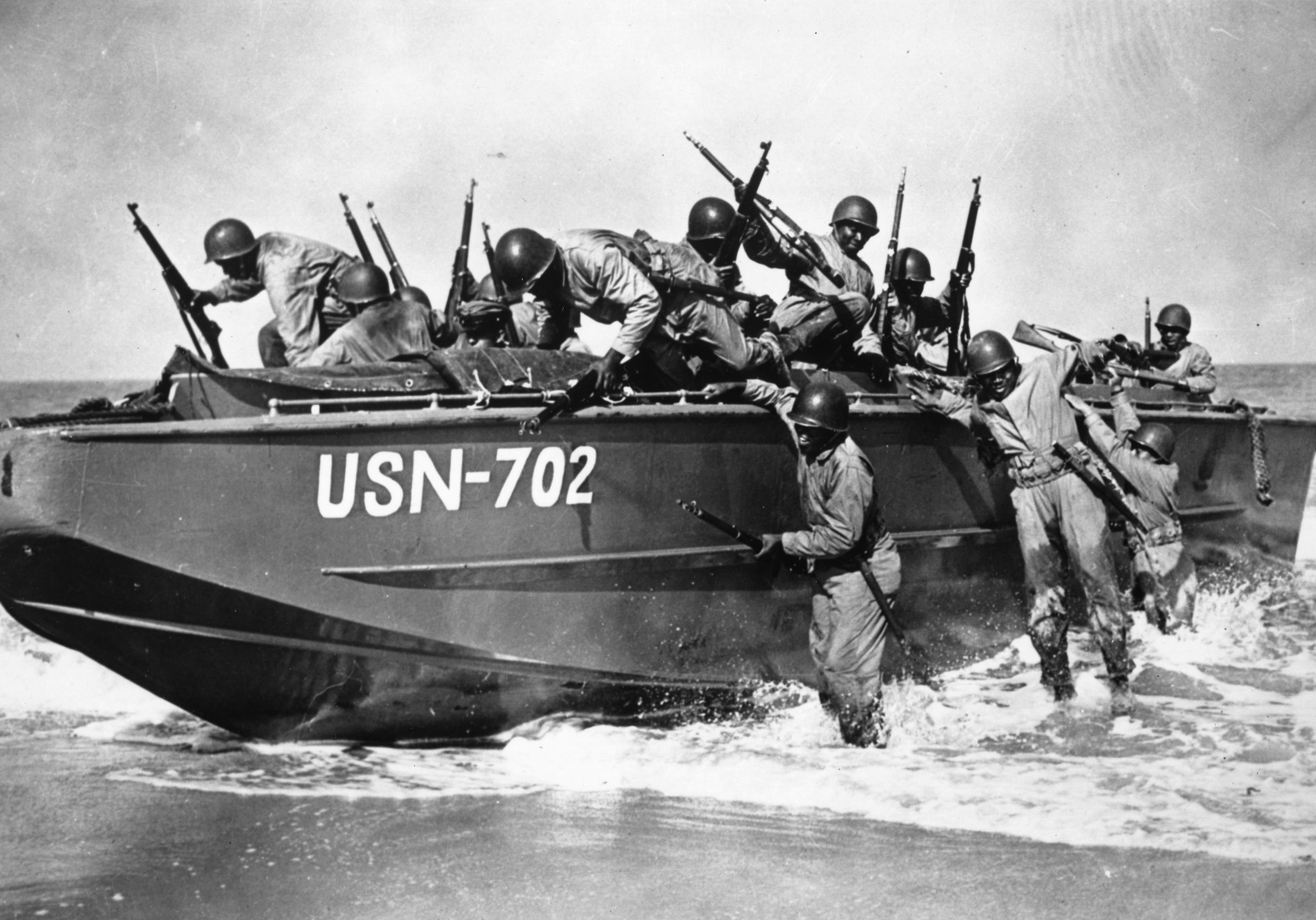
Join The Conversation
Comments
View All Comments